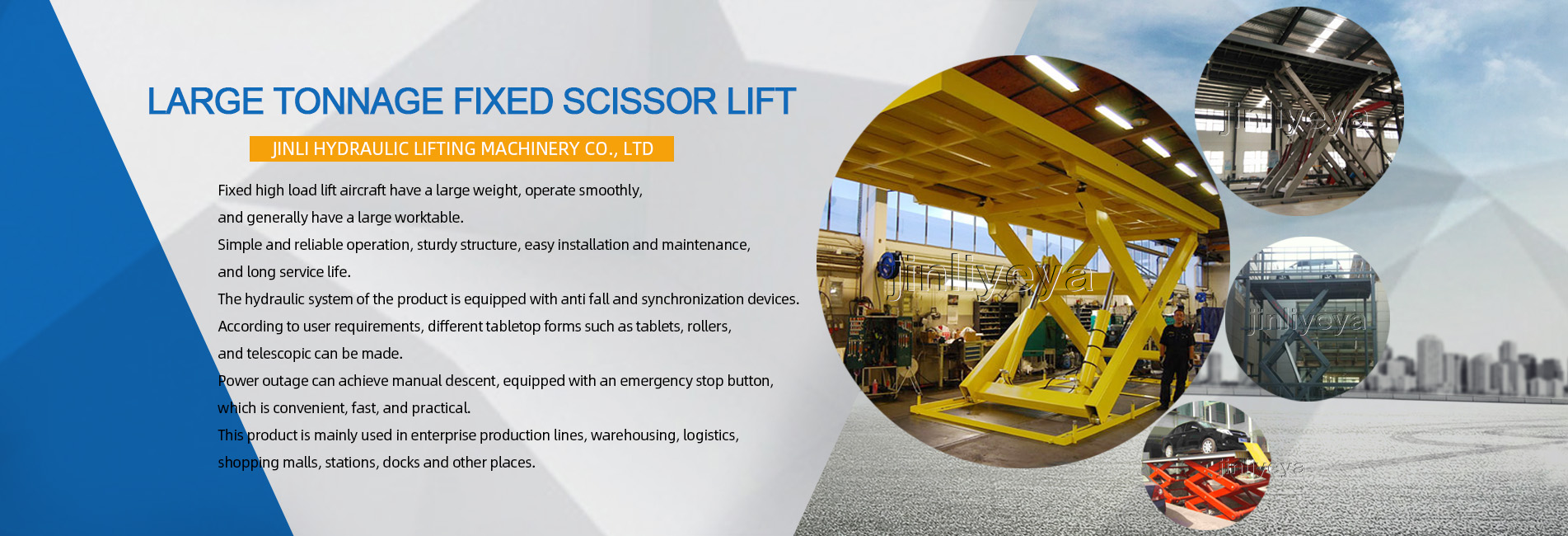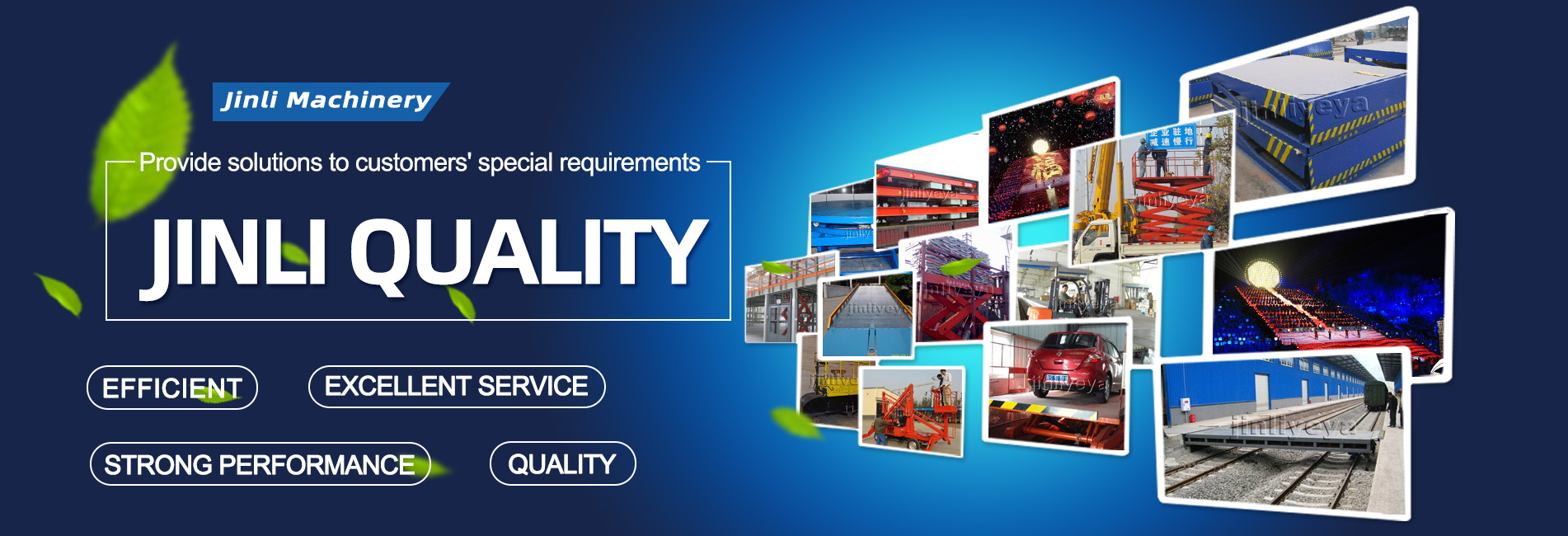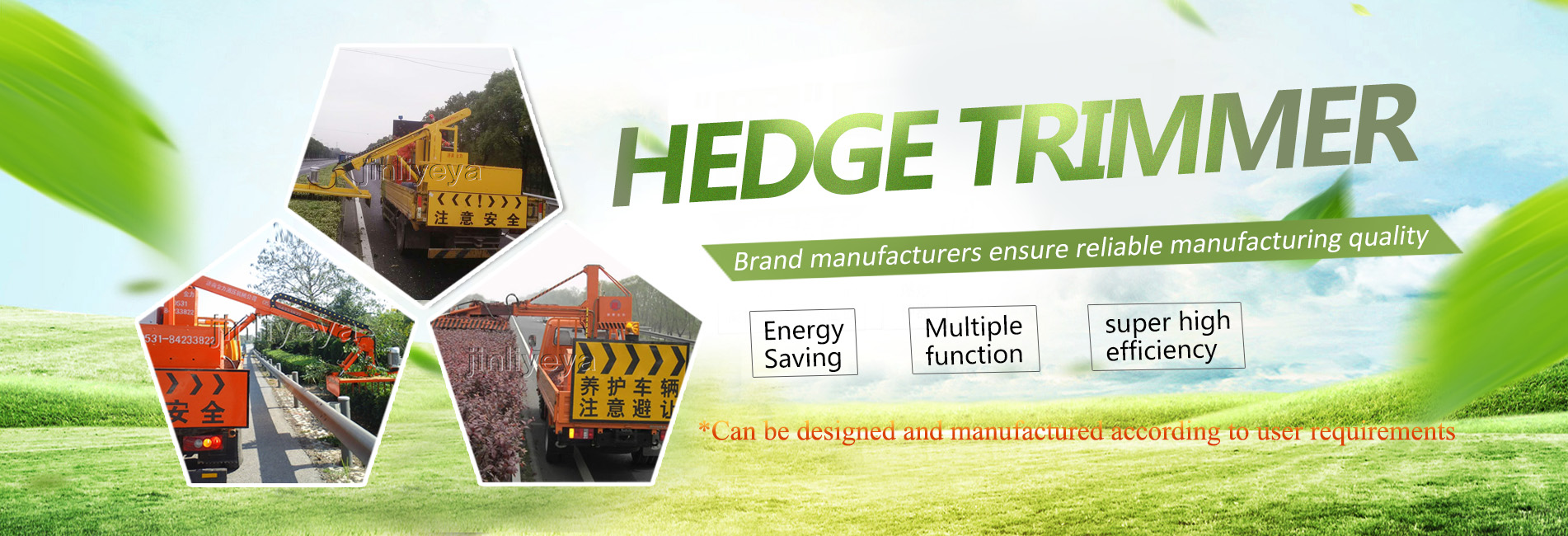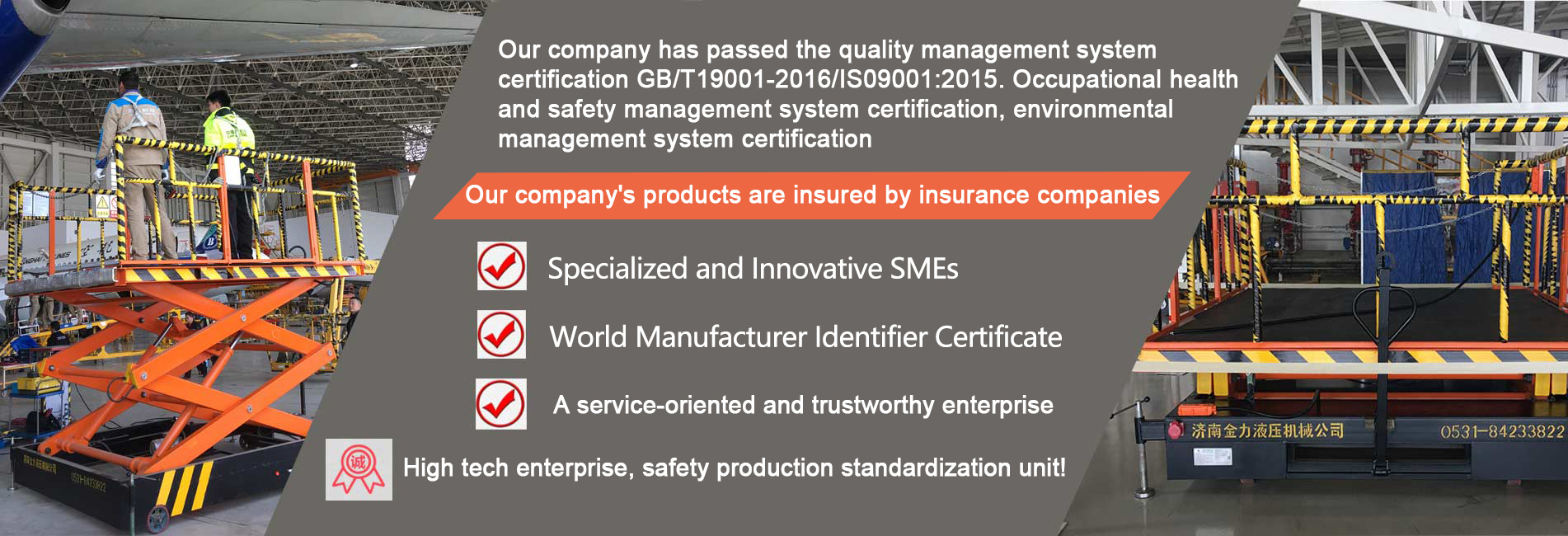Installation and regulations of hydraulic valve components for electric lifting platform
The hydraulic transmission system of the elevator is the power unit of the elevator and plays a leading role in all system software. Before installing the hydraulic valve components of the electric lifting platform, it is necessary to master the structure and basic principles of the hydraulic valve components. The hydraulic components must be carefully installed, and the disassembled hydraulic components must be checked for qualification certificates and reviewed for usage instructions (pay attention to application standards). If there are qualified products with complete procedures and they are not long-term outdoor storage elevators that have already rusted, it is not recommended to conduct all tests and can be disassembled immediately after cleaning again. If there are abnormalities during trial operation, it is necessary to distinguish and dismantle the components again, especially for imported products. It cannot be disassembled casually to prevent endangering the precision of the original product, Pay attention to the following matters during installation:
1. Attention should be paid to the direction of the oil inlet and return holes of various valve components during installation.
2. When there is no requirement for the installation location (gu ī d ì ng), it should be installed in a location that is conducive to application, maintenance, and repair. The general directional control valve should be installed with the centerline level. When installing the hydraulic directional valve, pay attention to tightening the four screws evenly, usually in a straight line and slowly tightening the support balance.
3. Valves installed with flanges should not have screws tightened too tightly, as this can sometimes result in poor sealing. If it is necessary to tighten them, and the original hydraulic seals or raw materials cannot be considered for sealing requirements, the hydraulic seals or raw materials should be replaced.
4. For the convenience of production, manufacturing, and installation, some valve components usually have two holes with the same function, and the unnecessary one needs to be plugged after installation.
5. Valves that must be adjusted are generally selected clockwise to increase total flow and working pressure; Rotate in the opposite direction to reduce the total flow rate or working pressure. When installing, if some valves and connectors cannot be purchased, hydraulic valves with a total flow rate exceeding their rated value by 40% are allowed to replace them.
The valves on the elevator are the management center components of hydraulic systems software, and the hydraulic transmission system is the key driving force of the elevator. Proper installation of valves is particularly important for the high efficiency and service life of elevator applications, so it must be highly valued from multiple aspects.
{8}







